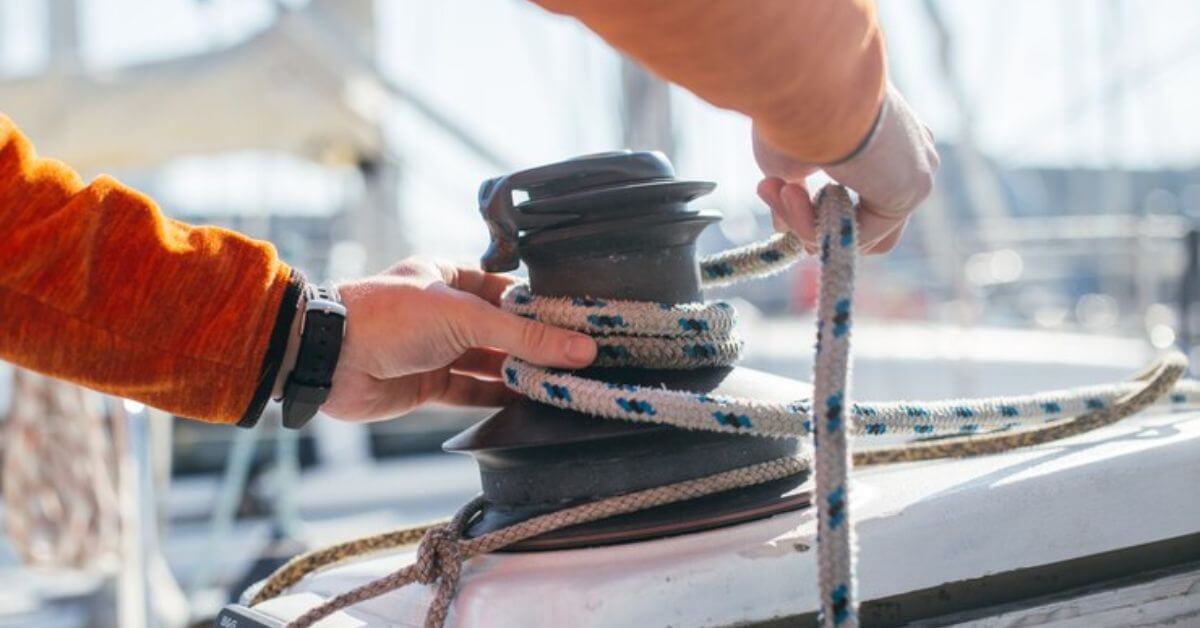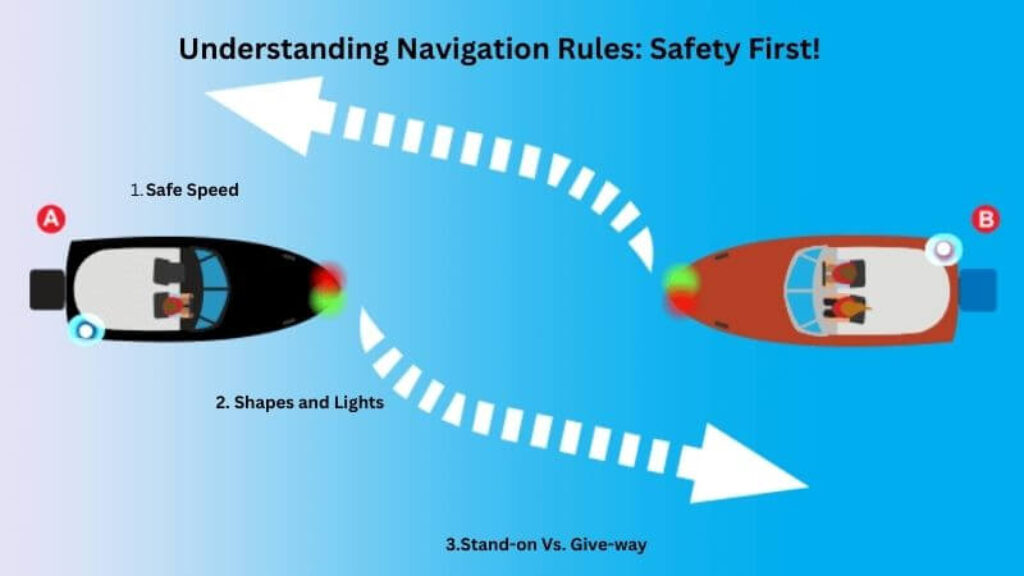Navigational rules play a critical role in ensuring maritime safety and preventing accidents on the water. However, there are specific circumstances where these rules can be overlooked or adjusted. Understanding when and why this happens is essential for both professional mariners and recreational boaters.
Navigational rules, commonly referred to as the "Rules of the Road," are designed to provide clear guidelines for safe operation in various water conditions. These rules cover everything from right-of-way procedures to lighting requirements. While adherence to these rules is mandatory in most situations, there are exceptions that mariners must be aware of.
This article will delve into the scenarios where navigational rules may be overlooked, the legal implications of such actions, and how mariners can navigate these complex situations safely and responsibly. Whether you're an experienced sailor or a beginner, this guide will equip you with the knowledge you need to make informed decisions at sea.
Read also:Foolio Face Aftermath Understanding The Impact And Consequences
Table of Contents:
- Biography (if applicable)
- Understanding Navigation Rules
- Exceptions to Navigation Rules
- Legal Considerations
- Safety First: Prioritizing Maritime Safety
- Common Scenarios Where Rules Can Be Overlooked
- Technological Advancements in Navigation
- International Perspectives on Navigation Rules
- Case Studies: Real-Life Examples
- Best Practices for Mariners
- Conclusion
Understanding Navigation Rules
Navigational rules are a set of international regulations established to promote safety on waterways. These rules are part of the International Regulations for Preventing Collisions at Sea (COLREGS), which apply universally to all vessels. The rules cover a wide range of scenarios, including how to navigate in poor visibility, how to determine right-of-way, and the proper use of sound signals.
Key Components of Navigation Rules
- Right-of-way rules: Establishing which vessel has priority in different situations.
- Lighting and sound signals: Requirements for vessels to display specific lights and signals depending on their size, type, and activity.
- Safe speed: Mandating that vessels operate at speeds appropriate for the prevailing conditions.
While these rules are comprehensive, they are not inflexible. In certain situations, mariners may need to deviate from them to ensure safety or avoid collisions.
Exceptions to Navigation Rules
There are specific instances where navigational rules can be overlooked or adjusted. These exceptions are typically tied to safety concerns or unforeseen circumstances that make strict adherence to the rules impractical or dangerous.
Emergency Situations
In an emergency, such as a mechanical failure or medical crisis, a vessel may need to deviate from the standard rules to address the situation effectively. For example, a ship experiencing engine failure might need to anchor in a restricted area to prevent drifting into danger.
Legal Considerations
While it is permissible to overlook navigational rules in certain situations, mariners must still act responsibly and within the bounds of the law. Courts generally consider whether the deviation was reasonable and necessary under the circumstances. Mariners who fail to justify their actions may face legal consequences.
Read also:Baby Alien Fanbus The Ultimate Guide To The Phenomenon Taking Pop Culture By Storm
Liability and Responsibility
Understanding liability is crucial. If a collision or incident occurs due to a deviation from the rules, the responsible party could be held accountable. Therefore, it is vital to document the reasons for any deviation and communicate them clearly to relevant authorities.
Safety First: Prioritizing Maritime Safety
The overriding principle in maritime navigation is safety. Even when navigation rules can be overlooked, safety must always remain the top priority. Mariners should exercise caution and use their judgment to make decisions that protect lives and property.
Training and Experience
Proper training and experience are essential for mariners to make sound decisions in challenging situations. Regular drills and simulations can help prepare crews for emergencies, ensuring they know how to act when rules need to be adjusted.
Common Scenarios Where Rules Can Be Overlooked
Several common scenarios may necessitate a deviation from standard navigation rules. These include:
- Poor visibility: In foggy or misty conditions, vessels may need to adjust their course to avoid collisions.
- Traffic congestion: In busy waterways, mariners may need to prioritize local traffic patterns over international rules.
- Weather conditions: Severe weather may require vessels to seek shelter or alter their routes.
Technological Advancements in Navigation
Modern technology has significantly enhanced navigational capabilities, providing mariners with tools to make informed decisions. GPS systems, radar, and electronic charts offer real-time data that can help navigate complex situations safely.
Integration of Technology
While technology is invaluable, it should complement rather than replace human judgment. Mariners must remain vigilant and use technology as an aid, not a substitute, for decision-making.
International Perspectives on Navigation Rules
Different countries may have their own interpretations and additions to the international navigation rules. Understanding these variations is essential for mariners operating in international waters.
Harmonization of Rules
Efforts to harmonize navigation rules across borders aim to reduce confusion and improve safety. International organizations like the International Maritime Organization (IMO) play a key role in this process.
Case Studies: Real-Life Examples
Examining real-life cases where navigation rules were overlooked can provide valuable insights. For instance, the collision between two vessels in a congested port highlighted the importance of local traffic rules over international regulations.
Lessons Learned
Each case study offers lessons that can be applied to future scenarios. By analyzing these incidents, mariners can better prepare for similar situations.
Best Practices for Mariners
To ensure safety and compliance, mariners should adopt best practices that include regular training, staying updated on rule changes, and maintaining open communication with other vessels.
Continuous Improvement
Maritime safety is an ongoing process. Mariners should continuously seek ways to improve their skills and knowledge, ensuring they are prepared for any situation.
Conclusion
In conclusion, while navigational rules are crucial for maritime safety, there are specific circumstances where they can be overlooked. Understanding these exceptions and acting responsibly is key to ensuring safe passage on the water. We encourage readers to share their experiences and insights in the comments section below. Additionally, explore other articles on our site for more information on maritime safety and navigation.
Remember, safety always comes first. Stay informed, stay prepared, and navigate with confidence.


